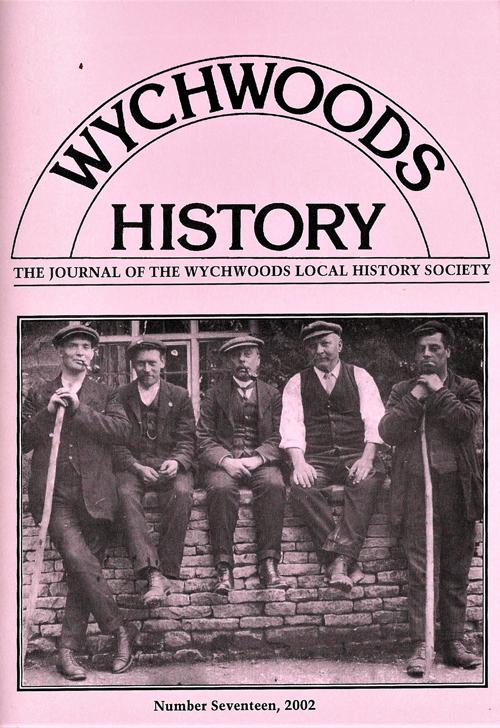Church Road and The Heath
Selected from the article by Anthea Jones, Joan Howard Drake, Sue Jourdan & John Rawlins: From WLHS Journal No 17 p37. [ Download the full Journal here ]
Church Road and The Heath – Excerpt from the Article
A continuation of the main street through Milton went towards the Heath; Church Road was not named in the 1911 survey. On the corner facing the Recreation Ground were two houses and a cottage owned by Margaret Rawlins. William Titcomb’s 40 acres were owned by Julie Mary Hudson with what is now called Little Hill Farm Barn; Little Hill Farmhouse was owned and occupied by Anne Davidson, widow of the former Baptist minister.
There had been substantial development of the Heath itself after enclosure in 1849. This formerly untilled, rough ground on the north side of the township was used by the enclosure commissioners to provide 20 acres of ‘fuel allotments’, administered by Messrs Gilbert and Ricketts, to replace the furze and thorn previously available to the poor from the area and there were 18 acres for the ‘poor allotments’ and another 5 acres for allotments rented from Earl Ducie by the parish council.
Earl Ducie had 143 acres of the Heath and was the only substantial landowner in the area. Most of his land (133 acres) was farmed by John Pollard who occupied Heath Farm, Lyneham Road; he was not there in 1891. There were three smallholdings: Henry Baughan’s 16 acres rented from Robert Adkins perhaps provided closes for his brother’s horses. (Henry lived in Upper Milton but George in Shipton Road was a coal merchant).
In the same way, James Smith, who was a carter and lived in Hawkes Yard,12 had 5 acres owned by Earl Ducie, and James Miles, the hardwareman, 11 acres from W. Smith. Walter Rawlins owned five cottages just across Littlestock Brook, Mrs Emma Porter owned three as did Joseph Silman, deceased, and there was one owned by Earl Ducie.
Earl Ducie had made available a quarter of an acre of his allotments in the Heath for a school and house (master Thomas Giblett) and 5 acres for a vicarage house. The church, 1854, was provided by Squire Langston, his father-in-law.
A probable relation of the vicar’s, with the same surname and was perhaps his mother, lived at The Bungalow with 8 acres of land, rented from Alfred Groves. Two other ‘houses’ in this area, Heath House (now Heathfield House) and nearly 5 acres of land were occupied by Ann Kirby and owned by Mrs Dorothy Birdwood, and Kohima, with 12 acres, was owned and occupied by Robert Mayman, physician and surgeon.
His choice of house name is explained in Wychwoods History No. 15, where the six ‘iron cottages’ recorded in the taxation survey, but not itemised, are also described; Dr Mayman also owned another two cottages. There were 20 cottages in this neighbourhood.
For the purpose of the parliamentary franchise, the vicar, Darrell Horlock, was a freeholder as he had a lifetime tenancy of his vicarage, and Robert Mayman was also a freeholder. Four women were voters in local elections: Annetta Horlock, Ann Kirby, Mrs Emily Badger (widow of a farmer at High Lodge) and Mary Ann Townsend.
This post is created for the benefit of visitors from the Milton Heritage Trail, offering some more detail around the “fuel allotments” and “poor allotments” near the Heritage Trail Orchard Walk Stone (2024).


